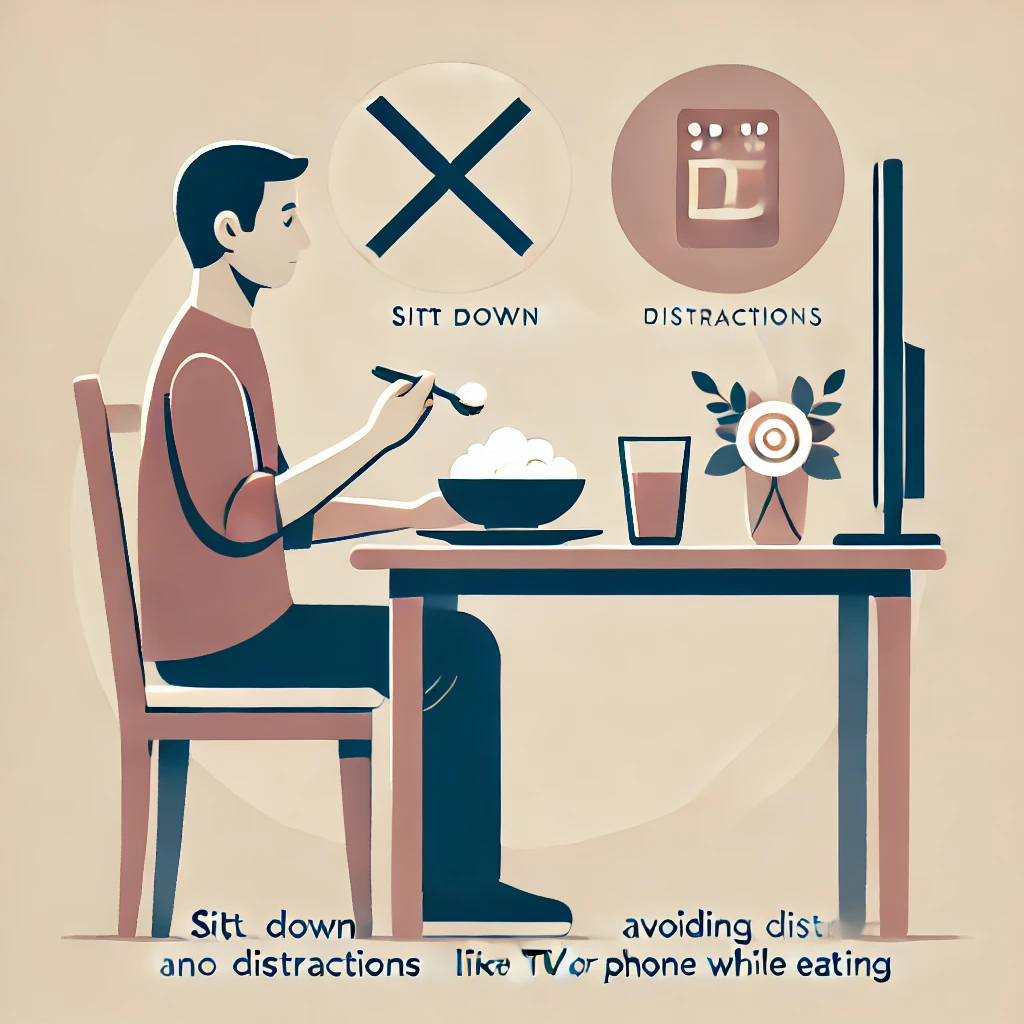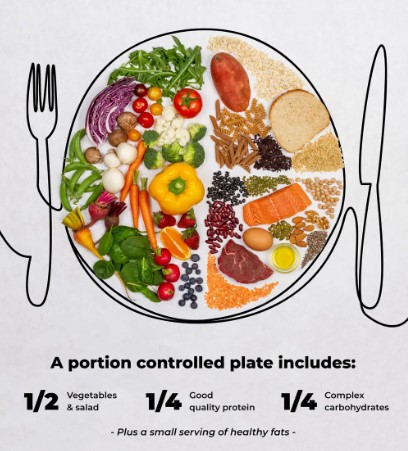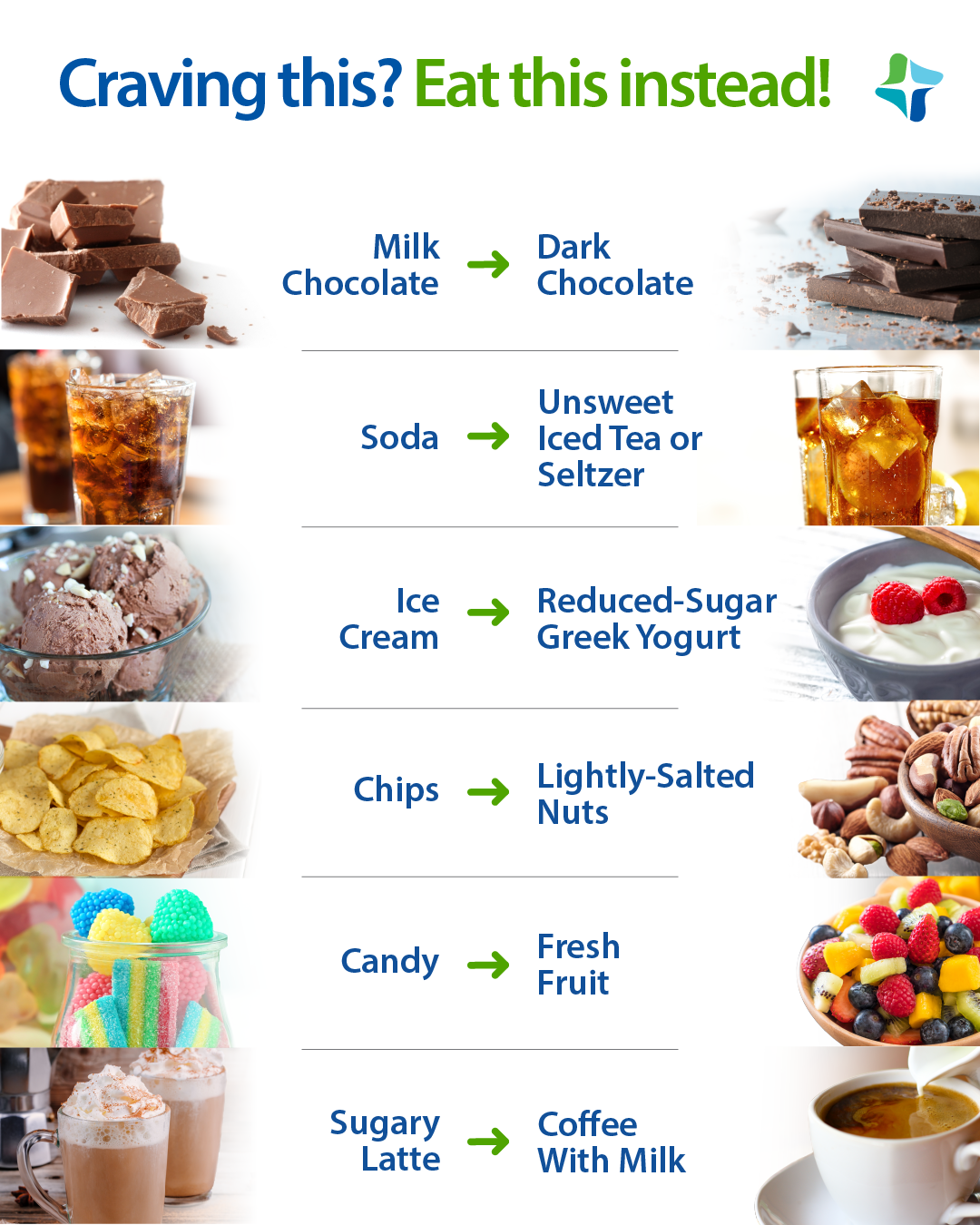Healthy Eating Guide
Adjusting Your Eating Habits
1. Use Mindful Eating Strategies

Practice mindful eating to savor your meals and control how much you eat. Pay attention to your food and eliminate distractions while eating.
- Turn off the TV and put away your phone.
- Chew slowly and enjoy each bite.

Eat Until You're 80% Full
Practice mindful eating by stopping when you are 80% full, to avoid overeating and aid digestion.

Savor Each Bite
Chew your food thoroughly and savor each bite to enhance digestion and enjoy the flavors fully.

Sit Down and Focus
Sit down at the table and eat without distractions like TV or mobile phones to be fully present during meals.

Take Smaller Bites
Take smaller bites to better savor the flavor and make digestion easier on your body.

Maintain Good Posture
Maintain good posture while eating to aid digestion and stay focused on your meal.

Don't Talk While Eating
Focus on your food and avoid talking with your mouth full to engage fully with your meal.
2. Get into the Habit of Reading Labels

Reading food labels helps you avoid unhealthy ingredients like added sugars or trans fats. Check the nutrition facts to ensure the food is healthy.
- Look for low-fat, low-sodium, and sugar-free options.
3. Measure Your Food to Ensure Proper Portions

Portion control is key to healthy eating. Always measure out servings according to package instructions to avoid overeating.
- Use measuring cups for accurate portion sizes.
4. Keep Unhealthy Items Out of Your Environment

Keep tempting, unhealthy foods out of your home to reduce the chance of eating them. Create a healthy food zone in your kitchen.
5. Swap Unhealthy Foods for Healthier Versions

Making simple swaps can help improve your eating habits without much effort. Find healthier alternatives to the foods you enjoy.
- Swap potato chips for carrot chips or baked chips.
- Replace high-fat dips with guacamole or yogurt-based dips.
6. Work with a Therapist to Control Emotional Eating

If you eat to cope with emotions, working with a therapist can help. Find healthier ways to manage stress without turning to food.